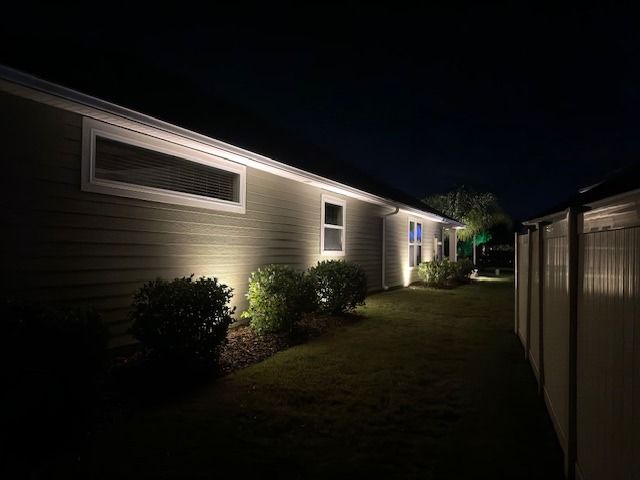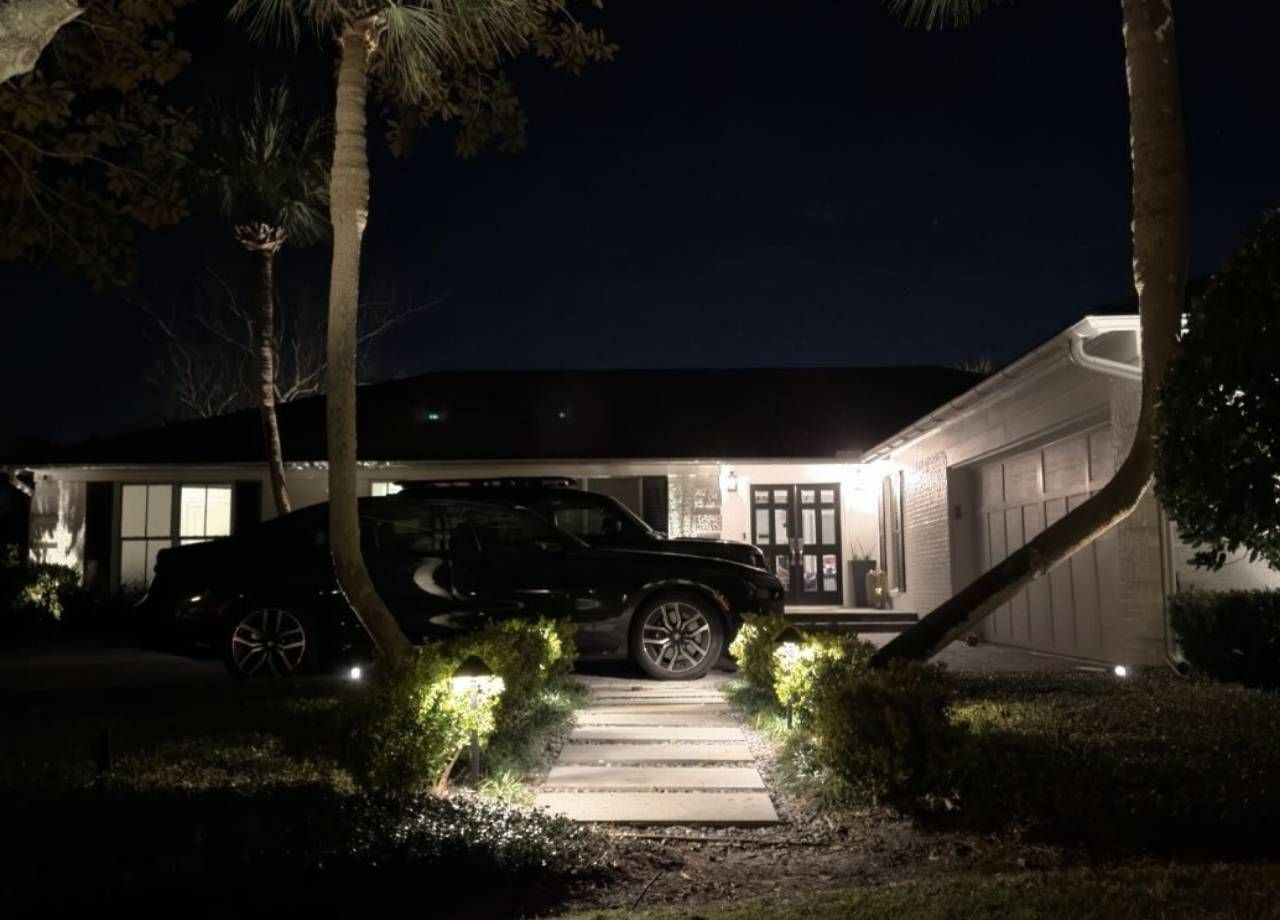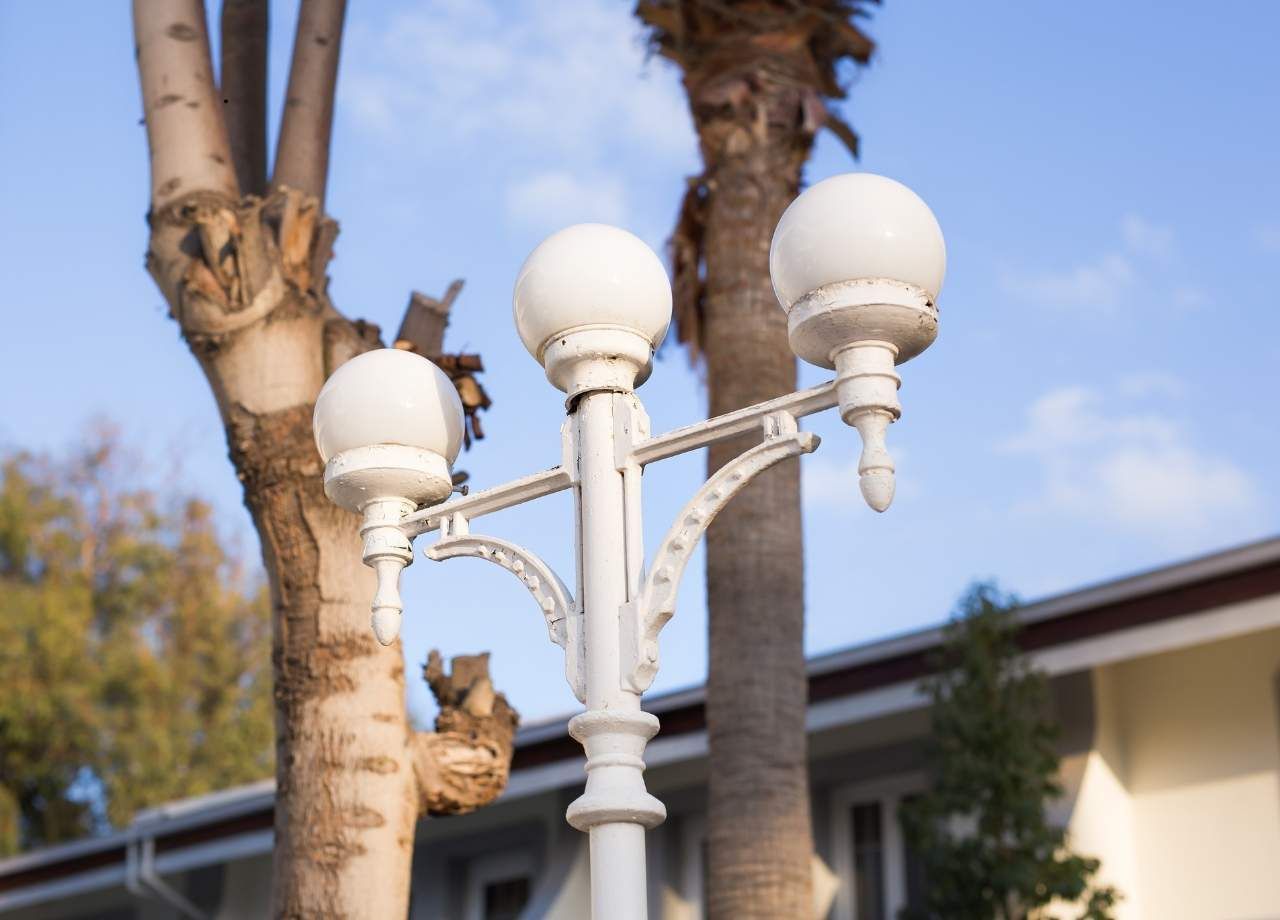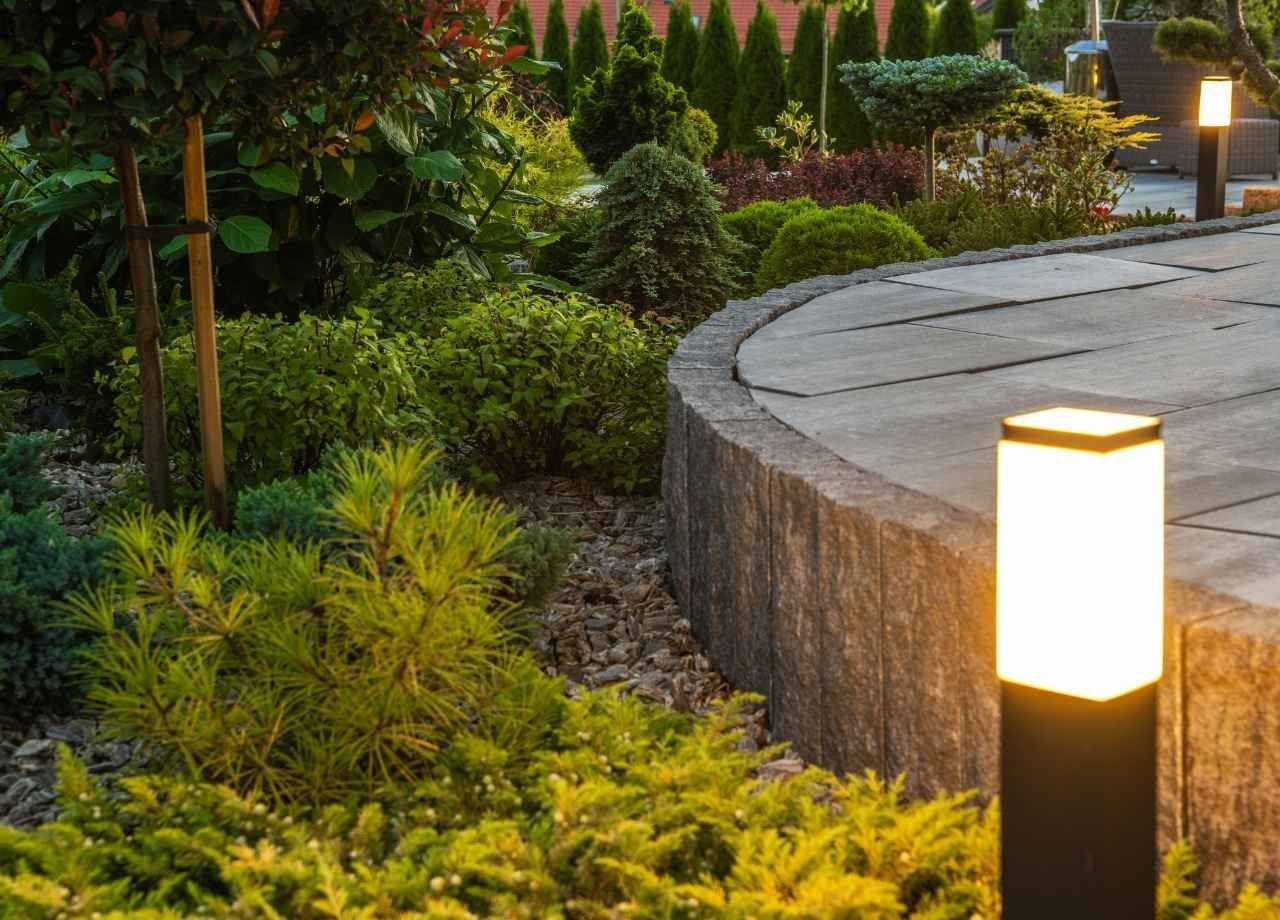Path Lighting Outdoor: Enhancing Safety, Style, and Functionality in Every Step
Path lighting plays a critical role in shaping how outdoor spaces look, feel, and function after the sun sets. Whether it leads visitors through a lush garden, outlines a stone walkway, or provides subtle cues around a backyard retreat, well-planned path lighting adds both beauty and safety to residential landscapes.
At Aloha Outdoor Lighting, we design and install customized path lighting systems tailored to Northeast Florida's unique architectural and environmental needs. Our approach ensures energy efficiency, minimal maintenance, and seamless integration with the property’s overall landscape design.
The Practical Benefits of Outdoor Path Lighting
The primary function of path lighting is to make walkways and circulation areas safer during evening hours. Walkways often pose a risk due to elevation changes, gravel, uneven pavers, or landscaping obstacles. Lighting these areas reduces the likelihood of trips and falls and enhances overall visibility without overwhelming the eye.
Beyond safety, path lighting subtly delineates boundaries in a landscape. This includes directing foot traffic, discouraging guests from stepping into planted areas, and highlighting transitions between different outdoor zones. Unlike overhead fixtures that can create harsh shadows, low-profile path lighting offers more even illumination and allows your landscape to retain its natural night-time ambiance.
Types of Path Lighting Fixtures and Their Applications
Path lighting comes in a range of designs and finishes, each serving a different purpose depending on the setting and landscape style. One of the most widely used types is the area light or mushroom-style fixture, which casts a 360-degree glow onto the path and surrounding foliage. These fixtures are ideal for wide or curving walkways where broad light coverage is needed.
For narrower paths or modern landscapes, bollard lights are a common choice. These taller fixtures often feature directional lighting, architectural design elements, or shielded lenses to prevent glare. Sleek and contemporary, bollards make a statement while enhancing safety and visibility.
Another option includes recessed or in-ground lights installed along the edge of stone or concrete paths. These fixtures are excellent for minimizing visual clutter and protecting the lighting hardware from lawn equipment or foot traffic. In residential applications, these are often paired with hardscape elements to highlight materials and textures.
Step lights, though technically not part of the path, often integrate with path lighting systems to ensure safe movement across elevation changes. These are commonly used in tiered garden areas, front entry steps, and poolside terraces.
Fixture Placement and Design Strategy
The spacing and placement of path lights affect both aesthetics and performance. Placing lights too close together creates a runway effect, which may look harsh and over-lit. Proper spacing not only conserves energy but also maintains the elegant, subdued quality that outdoor lighting should offer.
Typically, fixtures are installed on alternating sides of the path to create a zigzag pattern. This method distributes light more evenly and allows for natural shadows that emphasize landscape textures. The goal is to guide, not spotlight, ensuring a gentle visual rhythm that moves with the landscape’s contours.
Fixture height is another key consideration. Low-profile lights (12 to 18 inches tall) are ideal for garden walkways and intimate backyard settings, while taller fixtures might be suitable for commercial properties or areas with large plant beds that would otherwise block the light.
Material and Finish Selection for Longevity
Path lighting fixtures are constantly exposed to the elements, especially in Florida’s humid and storm-prone climate. Material selection significantly affects longevity and performance. Solid brass and copper are top-tier choices due to their corrosion resistance and natural patina that develops over time.
Powder-coated aluminum fixtures are a popular alternative thanks to their cost-effectiveness and availability in a wide range of finishes. However, they may not hold up as long as solid metal in coastal or high-moisture environments.
When choosing finishes, it's important to coordinate with other architectural elements such as door hardware, railings, or landscape edging. Consistency in finish adds a layer of visual polish and creates a cohesive nighttime appearance.

Energy Efficiency and Low-Voltage Systems
Modern path lighting systems run on low-voltage transformers, typically 12V, which makes them safer and more energy-efficient than traditional line-voltage systems. Low-voltage lighting is ideal for residential use because it reduces energy consumption while still providing ample illumination.
LED technology has revolutionized path lighting by offering long-lasting performance with minimal energy draw. LEDs produce less heat, reducing fixture wear and lowering the risk of accidental burns in high-traffic areas. Moreover, LEDs come in a range of color temperatures, allowing you to tailor the ambiance of your lighting design. Warm white (2700K to 3000K) is generally preferred for residential landscapes, providing a natural glow that blends seamlessly with foliage and architectural features.
Some systems also support smart controls and timers, enabling homeowners to automate their lighting schedules or adjust brightness levels through mobile apps. This added control not only enhances convenience but also contributes to long-term cost savings.
Design Integration and Curb Appeal
Effective path lighting shouldn’t exist in isolation. It works best when integrated into a broader lighting strategy that considers focal points, architectural features, and landscape depth. A well-lit path becomes a visual thread connecting elements like garden beds, water features, seating areas, and entrances.
Curb appeal is significantly elevated when path lighting is used to draw attention to symmetry, framing, or material contrasts within a front yard or driveway area. It helps reinforce the architectural character of the home while inviting guests with a warm and polished aesthetic.
Path lighting can also serve a dual function by accentuating garden plants or hardscape elements located adjacent to the walkway. Selecting adjustable fixtures allows for targeted illumination on ornamental grasses, sculpture, or textured stone.
Installation Best Practices and Common Pitfalls
Proper installation begins with a thorough site assessment. This includes evaluating soil conditions, identifying potential trip hazards, and planning for conduit runs and transformer placement. Lighting cables should be buried deep enough to avoid damage from aeration or gardening tools.
Transformer placement must be within a reasonable distance from the lights to prevent voltage drop, especially when working with long circuits. Selecting the right transformer capacity based on wattage requirements ensures the system operates efficiently without overload.
One common mistake is overlooking tree root systems or placing fixtures in high-traffic areas where they may be kicked, stepped on, or mowed over. Slightly offsetting fixtures from the edge of the path can help reduce damage and prolong the system’s lifespan.
Weather Resistance and Maintenance Considerations
Even the best fixtures need routine maintenance to maintain performance. Lenses should be cleaned regularly to remove debris and mineral deposits that can dull the light. It’s also important to inspect wiring connections and adjust fixtures that may have shifted due to soil movement or impact.
In humid climates like Jacksonville, lens fogging and corrosion are common issues. Using sealed, weather-resistant fixtures with proper drainage can mitigate these effects. Investing in professional-grade components ensures better sealing, longer warranties, and reduced long-term repair costs.
Seasonal adjustments are often needed as plants grow and change. A fixture that was perfectly positioned in spring may be hidden by summer foliage or shaded by a new garden structure. Periodic assessments help ensure the lighting system continues to perform as intended.
Conclusion
Path Lighting Outdoor is more than a design detail. It’s a functional enhancement that improves navigation, reduces hazards, and adds lasting beauty to any landscape. From fixture selection and layout to energy savings and design cohesion, every element contributes to a successful system that performs year-round.
With thoughtful planning and high-quality installation, path lighting becomes an essential feature of any outdoor space, quietly guiding every step while showcasing the natural and built beauty of the property.








